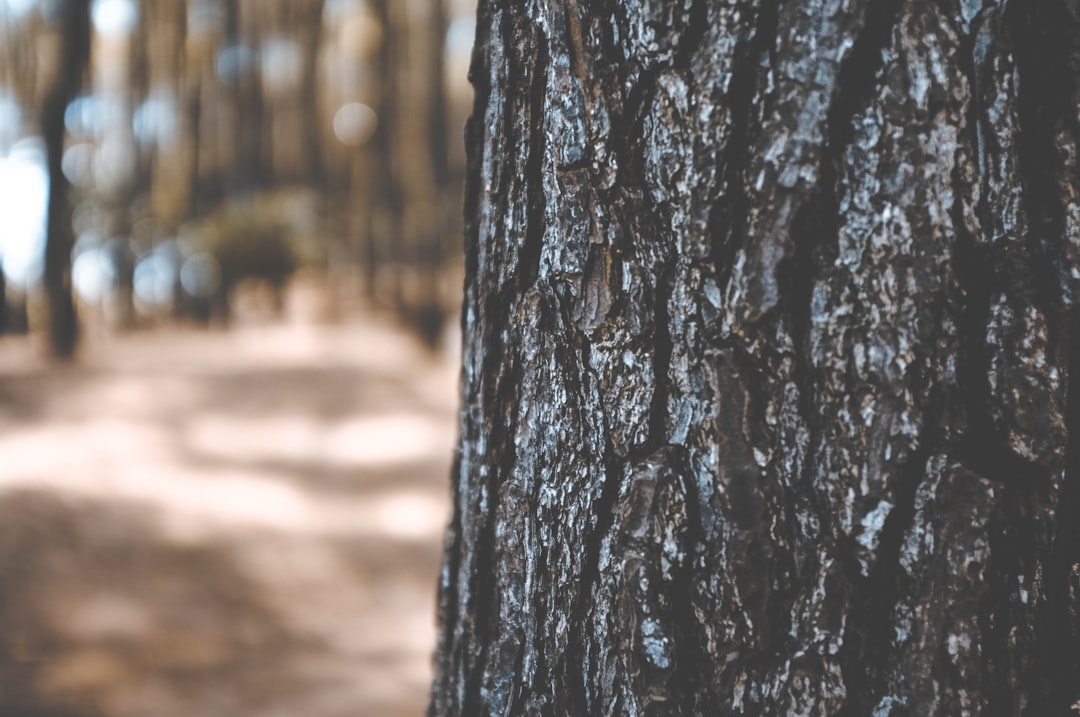What is it about?
Hardwoods (broadlaef plants) and softwoods (pines and spruces) contains different lignins. This means that different lignosulfonates are produced during the sulfite pulping. The softwood lignosulfonates consists almopst exclusively of guaiacyl units, while the hardwood consists of a mixture of guaiacyl and syringyl units. This seemingly small chemical difference leads to large differences in performance and of the two types of lignins. In this work the salting-out tendencies of the different types of lignins are investigated. It is foud that the wood source is clearly the most important factor, while pulping conditions and post-treatment of the lignosulfonate has minor impact on the salt-tolerance.
Featured Image
Why is it important?
In the early days of lignin research nearly all products were developed from softwood lignosulfonates. However, due to economic considerations more and more of the pulp wood is now from fast(er) growing hardwood. Understanding the differences will allow us to develop new products and allocate the valuable softwood raw material for the right products.
Read the Original
This page is a summary of: Differences in solubility parameters and susceptibility to salting-out between softwood and hardwood lignosulfonates, Holzforschung, January 2016, De Gruyter,
DOI: 10.1515/hf-2016-0002.
You can read the full text:
Contributors
The following have contributed to this page










